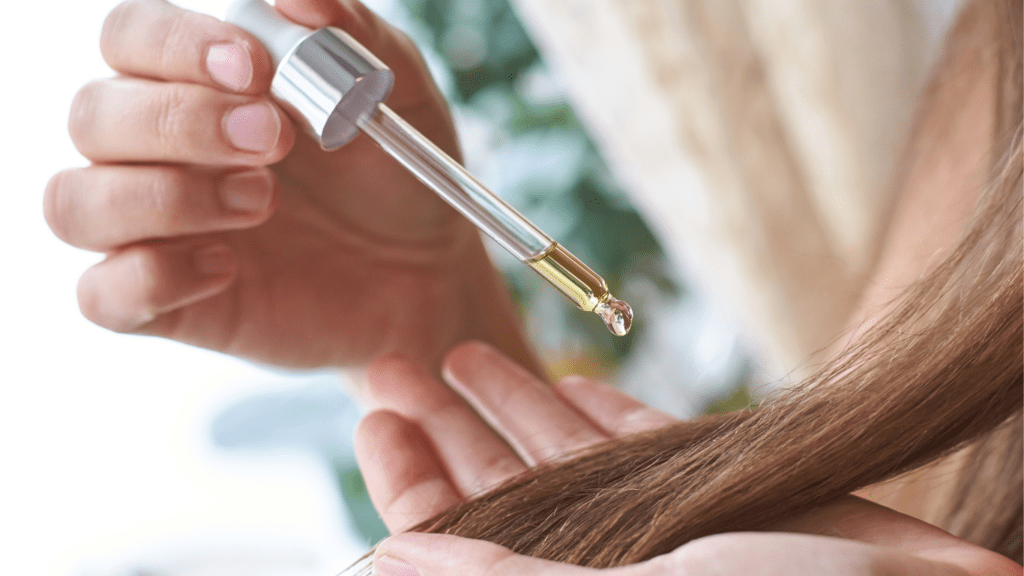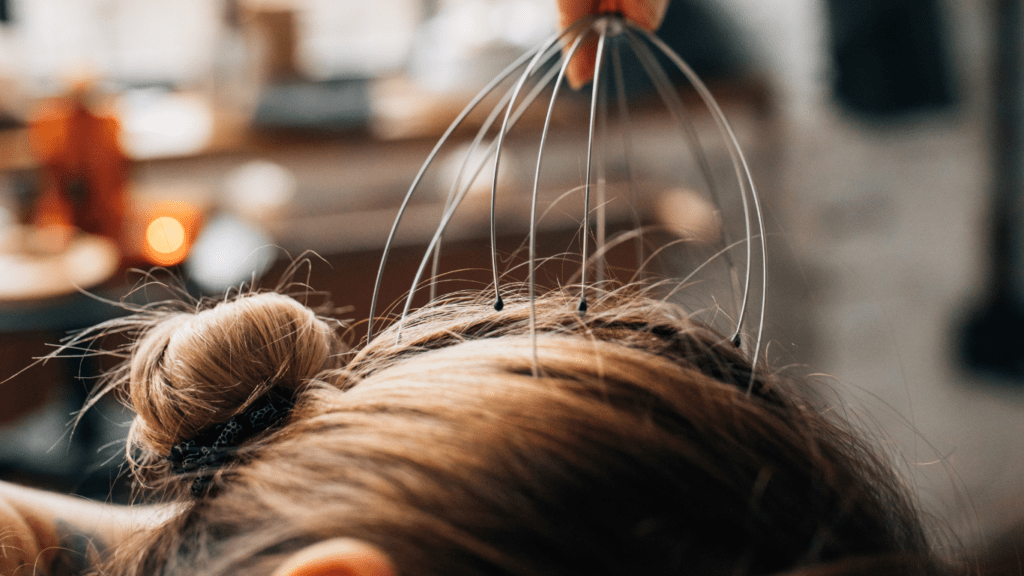Benefits of DIY Hair Masks
DIY hair masks offer multiple benefits for hair health. Natural ingredients provide nourishment without harmful chemicals. Store-bought products often contain sulfates, parabens, and synthetic fragrances, leading to dryness and irritation. Using natural ingredients, like avocados and honey, ensures your hair gets essential nutrients.
DIY hair masks target specific hair issues. Dry hair benefits from moisturizing masks with hydrating oils (olive oil, coconut oil). Damaged hair needs repairing masks with protein-rich ingredients (eggs, yogurt). These masks address unique hair concerns effectively.
Cost-effectiveness is another benefit. Most DIY hair masks use affordable ingredients readily available in kitchens. Avocados, eggs, and honey are inexpensive, making regular hair care manageable without costly salon treatments.
Customization is a significant advantage. You can tailor masks to suit your hair’s exact needs. If your hair’s feeling dry after sun exposure, mix moisturizing and soothing ingredients (aloe vera, coconut milk). Personalized care yields better results than generic store-bought products.
DIY hair masks promote sustainability. Using natural, everyday ingredients reduces reliance on commercial packaging and chemicals. This eco-friendly approach benefits not only your hair but also the environment. Fewer plastic bottles and harmful substances contribute to a greener lifestyle.
DIY hair masks provide chemical-free nourishment, target specific hair issues, are cost-effective, customizable, and promote a sustainable hair care routine.
Common Ingredients Used in DIY Hair Masks
Several natural ingredients effectively nourish and treat hair. These can be found right in the kitchen.
Natural Oils
Natural oils like:
- coconut oil
- olive oil
- argan oil
provide deep conditioning. Coconut oil strengthens and hydrates hair. Olive oil improves elasticity and shine. Argan oil repairs damage and reduces frizz.
Fruits and Vegetables
Fruits and vegetables such as avocados, bananas, and carrots offer vitamins and minerals. Avocados moisturize and repair hair. Bananas add softness and manageability. Carrot juice strengthens hair shafts.
Dairy Products
Dairy products including yogurt, milk, and sour cream contain proteins and fats. Yogurt cleanses the scalp and promotes growth. Milk smooths and hydrates. Sour cream restores natural shine.
Honey and Other Natural Sweeteners
Honey and natural sweeteners like molasses provide moisture and nourishment. Honey adds shine and combats dryness. Molasses enriches hair color and adds volume.
These ingredients help enhance your hair care routine naturally and effectively.
Simple Recipes for Different Hair Types
DIY hair masks work wonders when tailored to specific hair types. Here are simple recipes to address oily, dry, damaged, and normal hair needs using natural ingredients.
Oily Hair
For oily hair, use ingredients that balance excess sebum. Mix 1 ripe banana with 1 tablespoon of honey and fresh lemon juice. Bananas control oil while honey and lemon cleanse the scalp.
Dry Hair
Dry hair benefits from deep hydration. Blend 2 tablespoons of coconut oil with half an avocado. Coconut oil provides intense moisture, and avocado adds essential vitamins for shine and health.
Damaged Hair
To repair damaged hair, combine 1 egg yolk, 1 tablespoon of olive oil, and 1 tablespoon of honey. Egg yolk’s protein strengthens strands, olive oil restores moisture, and honey promotes healing.
Normal Hair
Maintain normal hair with balanced nourishment. Mix 1 tablespoon of yogurt with 1 tablespoon of honey. Yogurt offers gentle conditioning, and honey keeps hair soft and manageable.
Tips for Applying DIY Hair Masks

Applying a DIY hair mask correctly ensures you get the most out of your treatment. Follow these steps for optimal results.
Preparation
- Gather all necessary ingredients before starting.
- Use fresh, high-quality components like coconut oil, avocados, or honey to maximize effectiveness.
- Blend the ingredients until smooth to ensure an even application.
- Detangle your hair with a wide-tooth comb to avoid knots that can hinder the mask’s penetration.
Application
Divide your hair into sections to ensure the mask covers every strand. Focus on the ends if your hair is dry or damaged, as this area often needs extra care. Use a brush or your fingers to distribute the mask evenly, making sure it fully coats your hair. Cover your hair with a shower cap to retain heat and improve absorption. Leave the mask on for the recommended time, typically 20-30 minutes, depending on the recipe.
Rinsing and Aftercare
Use lukewarm water to rinse the mask thoroughly, ensuring no residue remains. Follow with a gentle shampoo to cleanse any leftover oils or ingredients. Condition your hair if the mask recipe suggests it for added softness and manageability. Avoid heat styling immediately after using a DIY mask to let the natural ingredients work their magic and restore your hair’s health.
Potential Risks and Precautions
Although DIY hair masks offer numerous benefits, exercise caution to avoid potential risks. Using unfamiliar ingredients increases the chance of allergic reactions or skin irritation.
Allergic Reactions
When trying new ingredients, perform a patch test. Apply a small amount to a discreet area of skin, like the inner wrist, and wait 24 hours to monitor any reaction. If redness, itching, or irritation occurs, discontinue use. Common allergens include honey, essential oils, and citrus fruits.
Over-conditioning
Over-conditioning can occur with excessive use of hair masks rich in oils and proteins. This leaves hair greasy and heavy. Limit use to once a week or bi-weekly. Oily hair types, in particular, should avoid over-conditioning.
Ingredient Compatibility
Not all ingredients mix well. For instance, vinegar should not mix with baking soda in hair masks, as it leads to adverse reactions. Research ingredients before combining them.
Scalp Sensitivity
Sensitive scalps require gentle ingredients. Avoid highly acidic components, like lemon juice, or strong essential oils, which may cause tingling or burning. Opt for milder alternatives such as aloe vera or chamomile.
Proper Rinsing
Ensure thorough rinsing to avoid residue build-up. Leftover ingredients like banana or avocado can clump and require extra effort to remove. Rinse hair well with lukewarm water and a gentle shampoo.
Storage and Shelf Life
DIY hair masks lack preservatives, making them prone to spoilage. Use freshly prepared masks and avoid storing leftovers. If necessary, refrigerate for no more than 24 hours.
Professional Advice
Consult a dermatologist or trichologist before using DIY hair masks, especially if experiencing scalp conditions or severe hair damage. Professional guidance ensures safety and effectiveness.



 Men’s Hair Care Specialist & Author
Araceline is a unique and valuable contributor, bringing her expert knowledge of men’s hair care and grooming trends. As an experienced author, she shares her deep understanding of hair painting, coloring techniques, and the specific needs of men’s hair. Araceline’s articles are both informative and engaging, offering men practical advice on maintaining stylish, healthy hair.
Men’s Hair Care Specialist & Author
Araceline is a unique and valuable contributor, bringing her expert knowledge of men’s hair care and grooming trends. As an experienced author, she shares her deep understanding of hair painting, coloring techniques, and the specific needs of men’s hair. Araceline’s articles are both informative and engaging, offering men practical advice on maintaining stylish, healthy hair.
